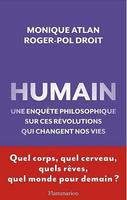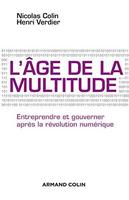Subject

photo credits: Wikimedia Commons
Digital data, in information theory and information systems, is information represented as a string of discrete symbols, each of which can take on one of only a finite number of values from some alphabet, such as letters or digits. An example is a text document, which consists of a string of alphanumeric characters. The most common form of digital data in modern information systems is binary data, which is represented by a string of binary digits (bits) each of which can have one of two values, either 0 or 1. Digital data can be contrasted with analog data, which is represented by a value from a continuous range of real numbers. Analog data is transmitted by an analog signal, which not only takes on continuous values but can vary continuously with time, a continuous real-valued function of time. An example is the air pressure variation in a sound wave. The word digital comes from the same source as the words digit and digitus (the Latin word for finger), as fingers are often used for counting. Mathematician George Stibitz of Bell Telephone Laboratories used the word digital in reference to the fast electric pulses emitted by a device designed to aim and fire anti-aircraft guns in 1942. The term is most commonly used in computing and electronics, especially where real-world information is converted to binary numeric form as in digital audio and digital photography. Source: Wikipedia (en)
Subject - wd:Q173285

